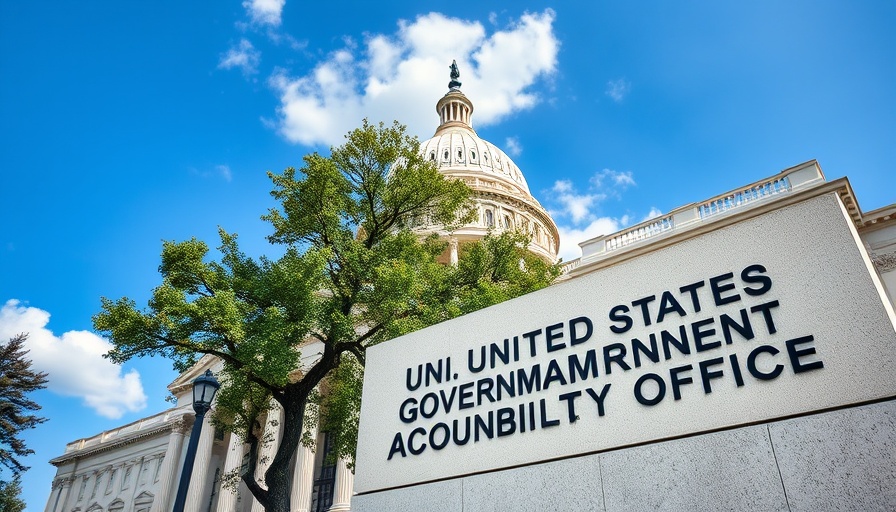
The Cost of Medicaid Work Requirements: A National Analysis Ahead
This upcoming fall, the U.S. Government Accountability Office (GAO) is set to unveil a critical examination of the Georgia Pathways to Coverage, America’s only active Medicaid work requirement program. This report is pivotal as congressional lawmakers, both state and federal, contemplate enacting similar mandates across the country.
Rising Interest in Work Requirements Amid Financial Scrutiny
As part of a broader fiscal strategy, there is increasing momentum in Republican circles advocating for Medicaid work requirements. By potentially saving $880 billion over the next decade, proponents believe such programs could help support federal budget cuts, thereby aligning with the priorities of the Trump administration, including heightened border security and tax reforms favoring higher-income brackets.
Voices of Concern: The Potential Impact of Work Mandates
Yet, while interest grows in implementing these requirements, there are significant concerns regarding their practicality and impact on vulnerable populations. "The experiences of states like Georgia and Arkansas have demonstrated that work mandates often hinder Medicaid enrollment and introduce cumbersome bureaucracy," explains Leo Cuello from Georgetown University. His insights reflect a growing anxiety over the ramifications of hastily imposed work mandates without adequate evaluation of their effectiveness.
Public Sentiment: Opposition to Cuts in Medicaid Funding
A recent survey suggests a nearly unanimous public opposition to cuts in Medicaid funding, indicating that potential voters may prefer alternative fiscal solutions that do not jeopardize health benefits for low-income individuals. As the GAO report approaches, its findings could significantly influence lawmakers' strategies regarding Medicaid reform.
Looking Ahead: What Will the GAO Report Reveal?
Questions linger about whether Congress will heed the GAO’s recommendations. Past reports identified that such programs could incur expenses amounting to hundreds of millions of dollars, while meticulous verification processes strain state resources. With more states seeking approval for similar work requirements, the findings will be instrumental in shaping Medicaid’s future.
As we await the GAO’s findings, it remains crucial for healthcare advocates and policymakers alike to balance fiscal objectives with the welfare of at-risk populations, ensuring that healthcare remains accessible and equitable for all.
 Add Row
Add Row  Add
Add 




Write A Comment